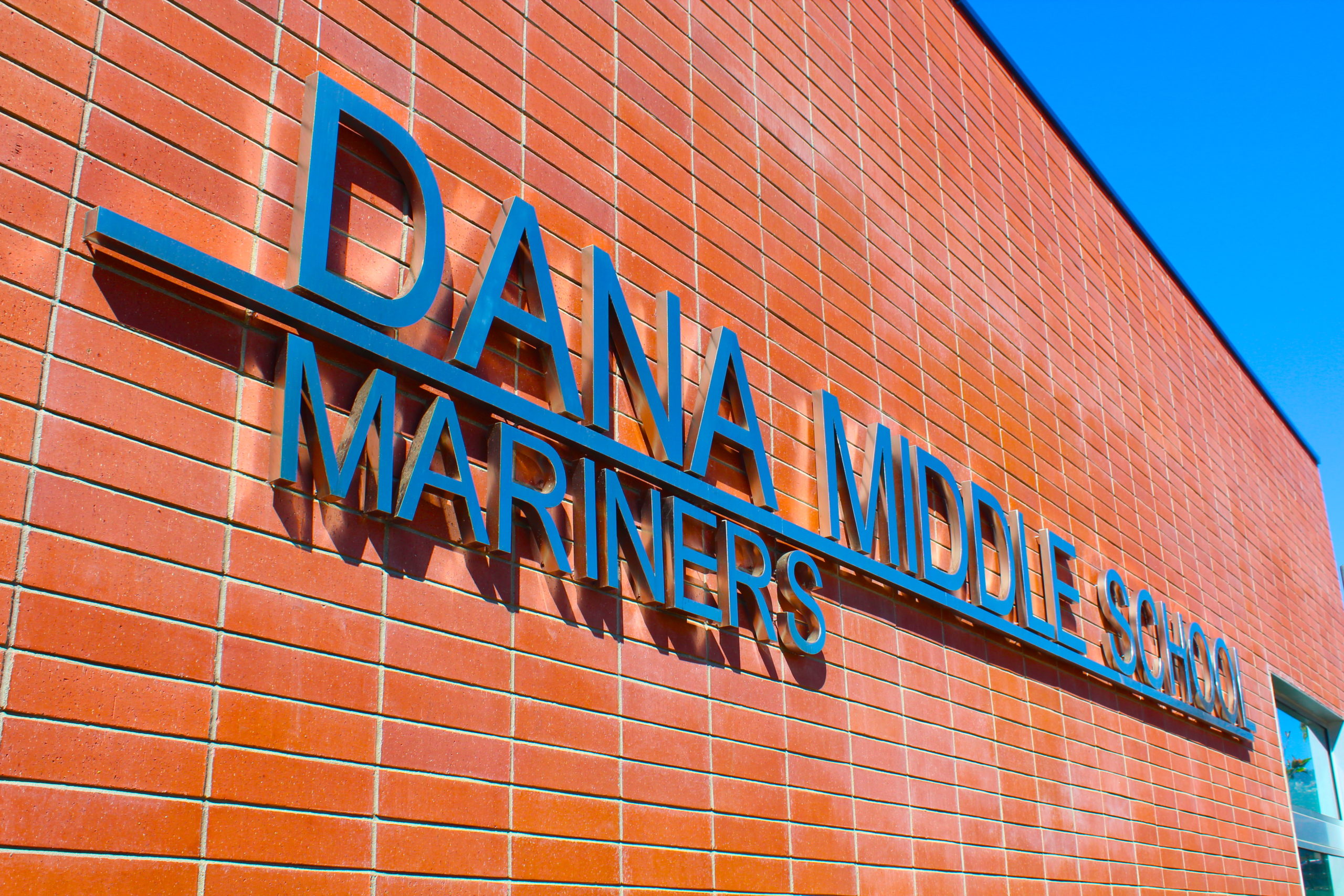The road to college
By May S. Ruiz
Last week the Wall Street Journal reported that the U.S. Centers for Disease Control (CDC) cut in half the distance for K-12 classrooms and removed a recommendation for schools to install physical barriers – sneeze guards, partitions, or tape. However, students should maintain the six-feet social distance when they are in other indoor venues like the auditorium; during extra- curricular activities, like sports events and music practice; or when masks have to be removed, like when they’re eating.
The reduced social distance does not apply to teachers and staff because, according to the CDC, COVID-19 transmission rates are higher among adults. Furthermore, the six feet requirement remains in place in communities with high transmission rates if students cannot be divided into cohorts.
L.A. County has seen a decline in the number of COVID-19 infections and several school districts in the San Gabriel Valley are planning on having students on campus in mid-April. Some school districts, though, are taking a more guarded approach by keeping the six feet distance, installing physical barriers to separate desks, and conducting their own health tests.
While all research data show that the classroom setting is the best environment for learning, not
all parents are rushing to send their children back to school, as reported by writer Howard Blume in an L.A. Times article. Parents in more affluent areas are twice as likely to send their children back to an elementary school as those in low income areas.
For middle- and high-schoolers, reluctance to return to school isn’t based on safety concerns but the classroom set-up – students will stay in a home room, instead of going to various teachers classrooms and classes will be taught via Zoom. For many, this arrangement isn’t much better than remote learning. In fact, they feel they’d rather learn from home where it’s more comfortable.
There are only two months left in the school year. And whether your high school children are going back on campus or have decided to complete the year in the comforts of home, they have to be preparing for the rigors of college.
FRESHMAN
The school year is winding down. Your 9th graders should be on track on all their academic grades and putting extra effort into getting the best grades they could muster. Assuming that things will come back to normal soon, they should line up summer activities – enrichment programs, summer camps, volunteer work, or part-time jobs.
All these – grades, arts, athletics, community work, employment – from 9th through 12th grade, will be recorded on the transcript that your children’s high schools will send to the colleges to which they apply.
SOPHOMORE
The College Board has made updates in light of the coronavirus outbreak (read it here) so please be aware of what your children need to do. Make sure your children have registered for all the standardized tests they have to take in May or June (Possible AP tests for 10th graders are Math, Chemistry, History and Foreign Language. Deadlines are April and May for tests in May and June).
They need to plan their summer activities. If they are taking an Art elective, or are interested in a particular art field, they should consider a summer program in that course to put on their resume.

JUNIOR
This is the last complete academic year admissions officers will see when your children apply to colleges. They want to see grades that are improving from year to year, so the 11th grade final marks should be the highest on the report cards. If your children had gone on virtual college campus tours during spring break, they should also know the academic requirements of the colleges to which they are thinking of applying. They need to look at where they are grades-wise to figure out if the school on their list is a realistic goal.
Make sure your children have registered for the SAT, ACT (www.act.org), SAT Subject Tests, AP especially if they are thinking of applying through early action or early decision.
They should have all their summer activities lined up – enrichment programs, summer camps, volunteer work or part-time jobs. Remind your children to continue the pursuits they started in freshman year as admissions officers look for sustained interest, which is a reflection of what they are truly passionate about.
SENIOR
Some universities have sent out their decision letters in mid- or late-March, or mid-April if they applied to the Ivies. If your children are lucky enough to be accepted to all the schools to which they applied, they deserve a big congratulations! You can all exhale now!
This is the part where your children get to choose the school they really want to attend. During the application process, your children were hoping the colleges to which they applied accept them. Now the colleges that accepted your children would like your kids to choose them! In this rank-obsessed world of American universities, the schools encourage all students to apply to them (they actively recruit students they would never even admit because the more applications they receive and the more rejections they send out, the higher they’re ranked.) The tables are turned because once your children get the schools’ acceptance letter, these schools would like to ensure your kids actually attend their college. This is the yield: the higher their yield, the higher their ranking.
If your children are applying for financial aid or scholarships, now is the time to compare schools’ financial aid or scholarship offers. If a particular school really wants your children, you might have the opportunity to ask for a better package than what it originally extended.
If your children have been waitlisted to a school they are determined to get into, they need to respond quickly to let the admissions officers know that they are very interested. Your children should send a follow-up letter to express that the school is their top choice and that they will definitely enroll if accepted.
Demonstrated interest is all the more critical at this juncture as your children want to ascertain the admissions officers keep them in mind. Encourage your children to work with their high school’s counselor to make sure they send the transcript for the first semester, and any updates on awards and honors received after they sent their application. Your children need to keep in constant touch with the admissions officers.
The admissions office requires a decision from accepted students on May 1st. Make sure your children accept the offer of their second choice school where they have been admitted, and pay the required deposit. If your children are later accepted to the school to which they were waitlisted and accept that offer, they will lose the deposit on the other school. But it’s their guarantee that they will be attending a college in the fall.







